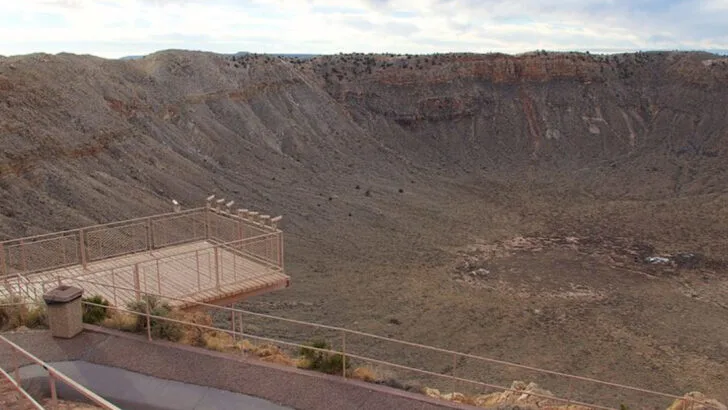The American landscape has been dramatically sculpted by meteor impacts, leaving behind craters that tell stories of cosmic encounters.
Here are 12 massive meteor craters that have left an indelible mark on the U.S.
Barringer Crater
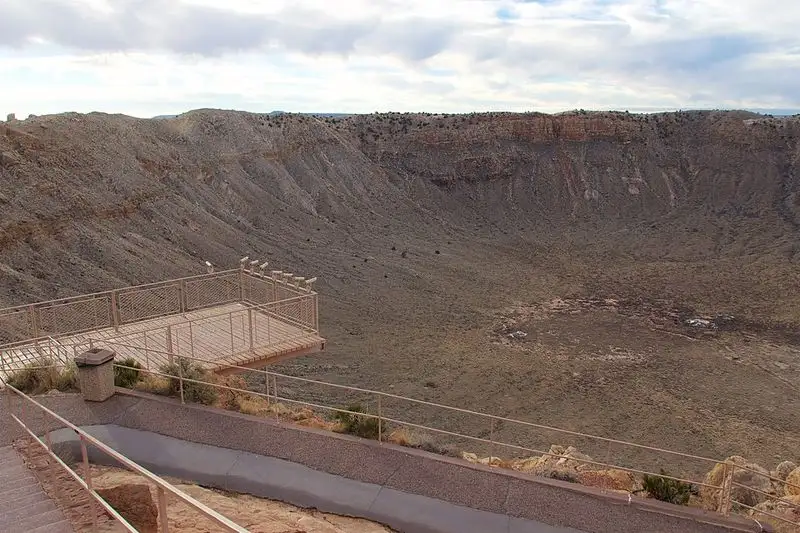
Barringer Crater, often hailed as Earth’s best-preserved meteor impact site, is a marvel in Arizona’s desert. With a span of 0.75 miles and a depth of 600 feet, this crater is a testament to a meteor that struck 50,000 years ago.
Visitors flock to this iconic site, which stands as a benchmark for planetary impact studies worldwide. Its stark, circular form against the arid landscape creates a visual spectacle.
Known also as Meteor Crater, it’s a top tourist attraction, offering a glimpse into the immense forces of nature that shape our planet.
Chesapeake Bay Crater
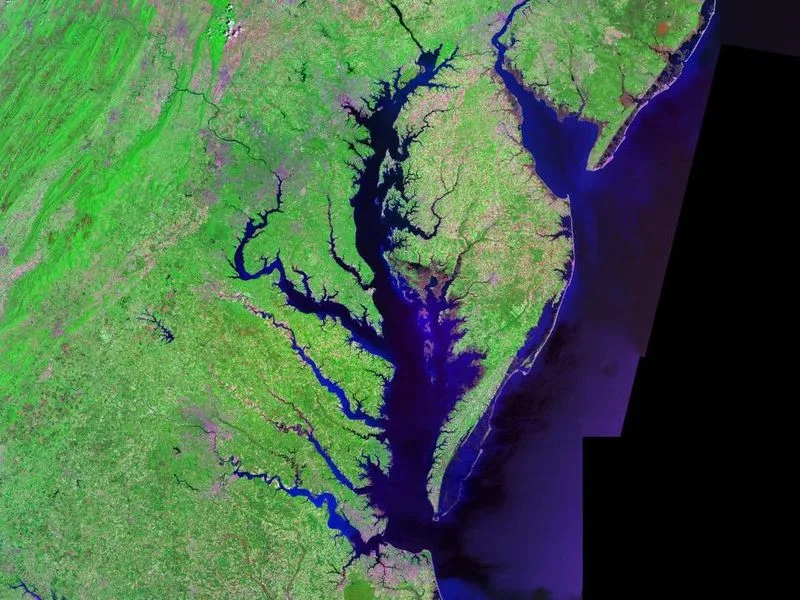
Beneath the waters of the East Coast lies the Chesapeake Bay Crater, a colossal formation buried under sediment. Formed 35 million years ago, this 85-km-wide crater remains hidden from view.
Its impact disrupted aquifers, influencing the Chesapeake Bay’s current ecosystem. Scientists study this unseen giant to understand its role in shaping regional geology.
Though invisible at the surface, its legacy is felt in the surrounding environment, showcasing the enduring influence of ancient cosmic events.
Manson Crater
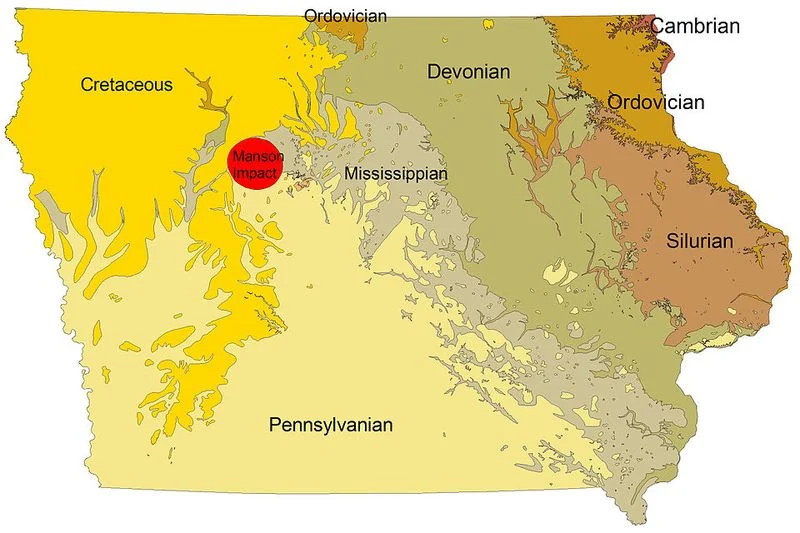
The Manson Crater, residing beneath Iowa’s landscape, is a silent remnant of a colossal impact. Estimated to be 74 million years old, this crater’s presence is only revealed through scientific probing.
Once mistaken for volcanic activity, it is one of the largest known impact structures in the U.S., though hidden underground. Its size and age offer insights into Earth’s dynamic history.
Researchers continue to unearth its secrets, piecing together the story of a meteor that forever altered the Midwestern plains.
Wetumpka Crater
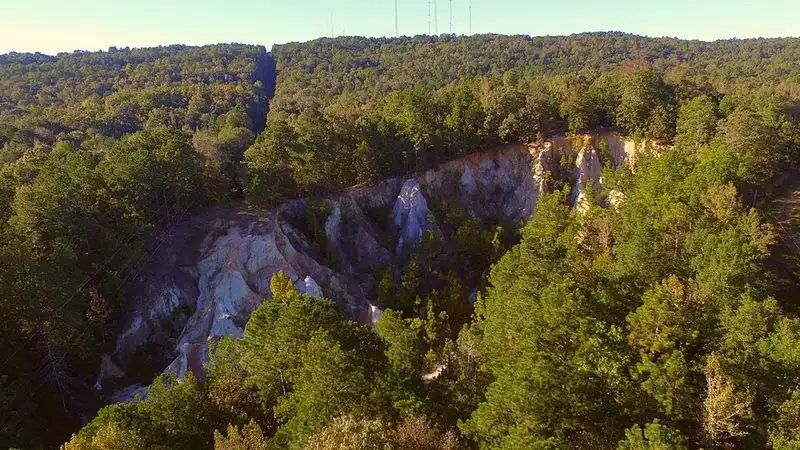
Wetumpka Crater, known as the “Asteroid Capital of Alabama,” offers a rare glimpse into ancient impacts. This 5-mile-wide crater, formed 85 million years ago, is prominently exposed.
Its clearly defined rim features provide a valuable educational site for understanding impact dynamics. The local community embraces its cosmic heritage, celebrating its unique geological history.
Visitors explore the well-preserved structure, gaining insights into the forces that shaped the Southeastern U.S. long ago.
Beaverhead Crater
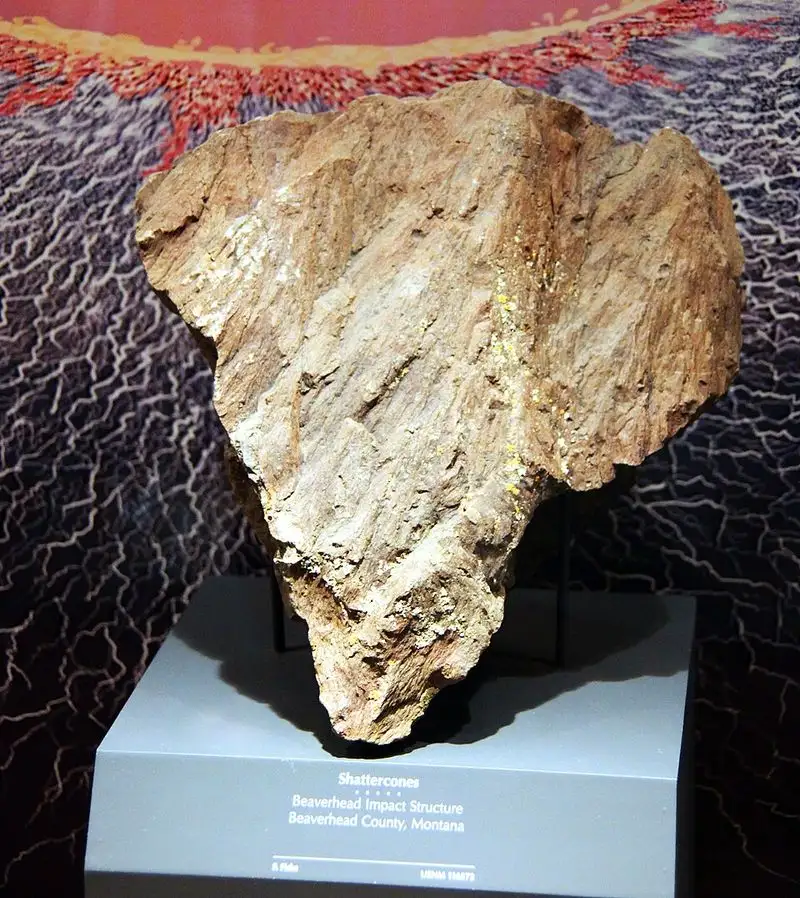
Beaverhead Crater straddles Montana and Idaho, a colossal scar from an ancient impact event. Spanning 60 km, this 600-million-year-old crater is masked by erosion and tectonic shifts.
Despite its age and eroded state, it ranks among the largest craters in the U.S. Researchers delve into its hidden depths to unlock secrets of Earth’s distant past.
The region’s rugged terrain offers subtle clues to its cosmic origins, inviting scientists to piece together its long-forgotten story.
Rock Elm Crater
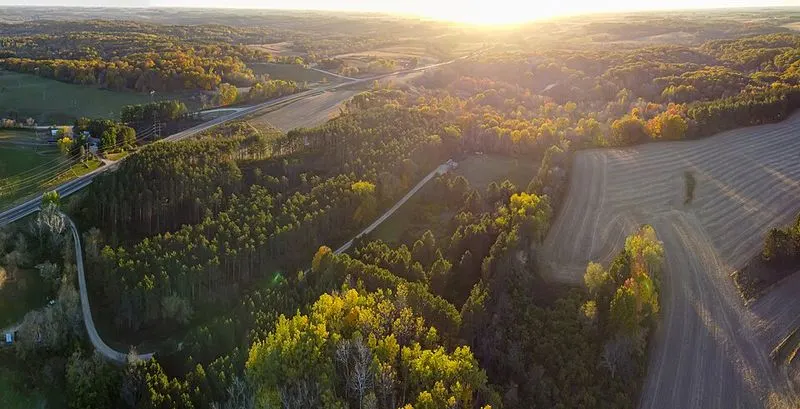
Tucked beneath the rolling farmland of western Wisconsin lies the ancient Rock Elm Crater — a 6-kilometer-wide impact site formed roughly 455 million years ago.
Though barely visible on the surface today, core samples and the discovery of shock-metamorphosed quartz confirm its cosmic origin.
This hidden crater offers scientists a rare glimpse into the deep-time history of meteor impacts in North America’s midcontinent.
Sierra Madera Crater
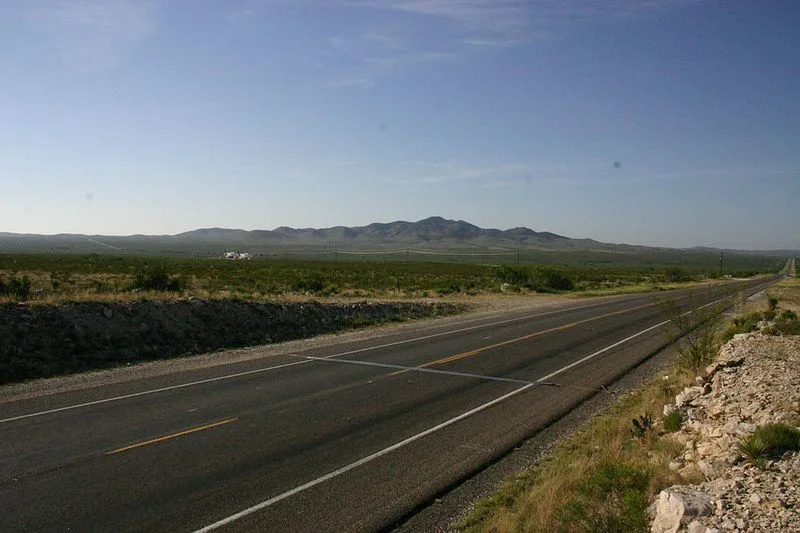
In Texas’s Permian Basin, the Sierra Madera Crater stands as a desert testament to cosmic impact. Estimated to be 100 million years old, it features a distinct central uplift.
This 13-km-wide formation is key for oil geology studies, offering insights into resource-rich subsurface layers. Its eroded rim tells tales of ancient forces at play.
Geologists and explorers alike find intrigue in its unique structure, a fusion of natural beauty and scientific importance.
Decorah Crater
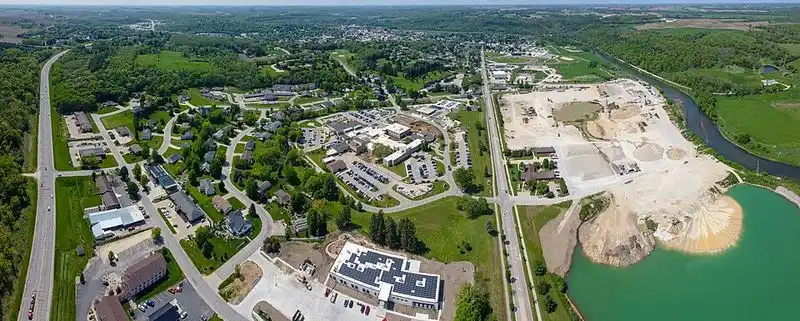
Discovering Decorah Crater was a geological surprise in Iowa. This 3.5-mile-wide crater, formed 470 million years ago, was uncovered by magnetic surveys and peculiar rock formations.
Though invisible on the surface, its presence is a testament to the powerful impacts that have shaped Earth’s history. Scientists now utilize modern technology to unlock its secrets.
The quiet town above holds a hidden legacy, concealed beneath layers of time yet integral to understanding regional geology.
Kentland Crater

Kentland Crater in Indiana presents an accessible window into our planet’s violent past. Once thought to be volcanic, this site is now recognized for its impact origins.
Limestone quarries expose deep rocks thrust upward by the meteor’s force, providing a unique opportunity for geological study. The area’s history unfolds through these visible layers.
Visitors and researchers explore this cosmic relic, where Earth’s dynamic processes are frozen in time, offering lessons in planetary evolution.
Chicxulub Crater
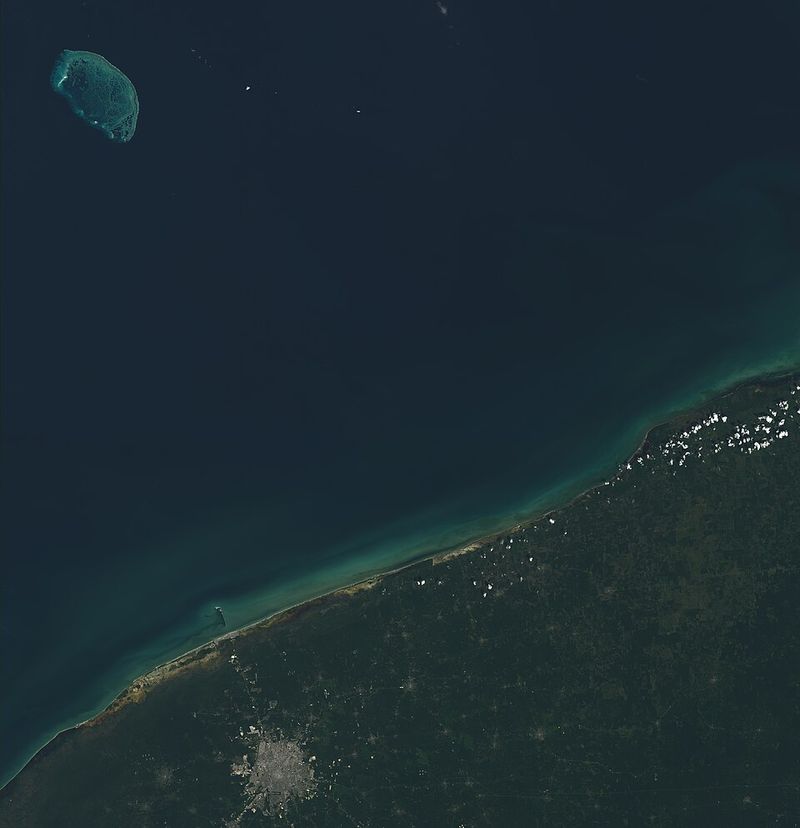
The Chicxulub Crater, buried beneath Mexico’s Yucatán Peninsula and the Gulf of Mexico, marks the site of one of the most catastrophic events in Earth’s history. Formed about 66 million years ago by an asteroid roughly 10 kilometers wide, the impact created a massive crater nearly 200 kilometers across.
This event triggered global climate disruptions, mass extinctions, and is widely believed to be the primary cause of the extinction of the dinosaurs.
Although hidden beneath rock and ocean, the crater’s structure is preserved underground, and its effects are still seen today in the geology of the region and in the fossil record around the world.
Flynn Creek Crater
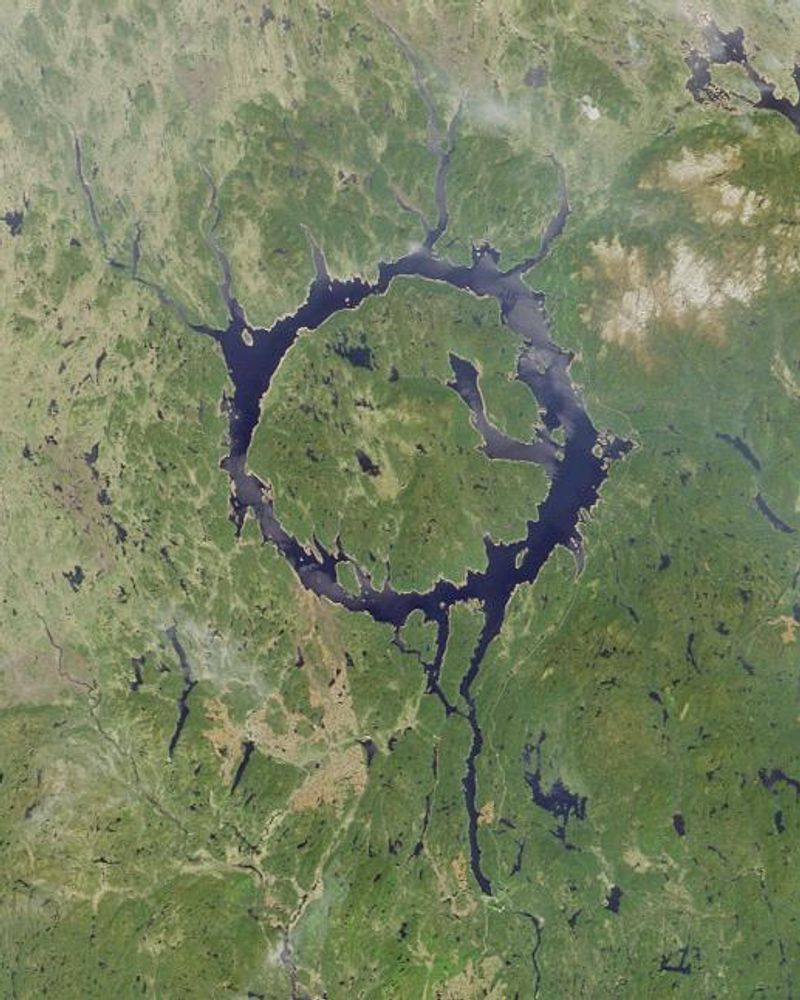
Flynn Creek Crater in Tennessee offers an eroded glimpse into ancient impacts. Formed around 360 million years ago, this 8.5-km-wide crater is rich in geological features.
Breccia and fault zones provide valuable insights, though its surface shape has been worn down over time. Researchers study these features to understand regional geologic processes.
Nestled in a forested area, its hidden intricacies invite exploration, revealing nature’s hidden forces at work beneath the greenery.
Middlesboro Crater
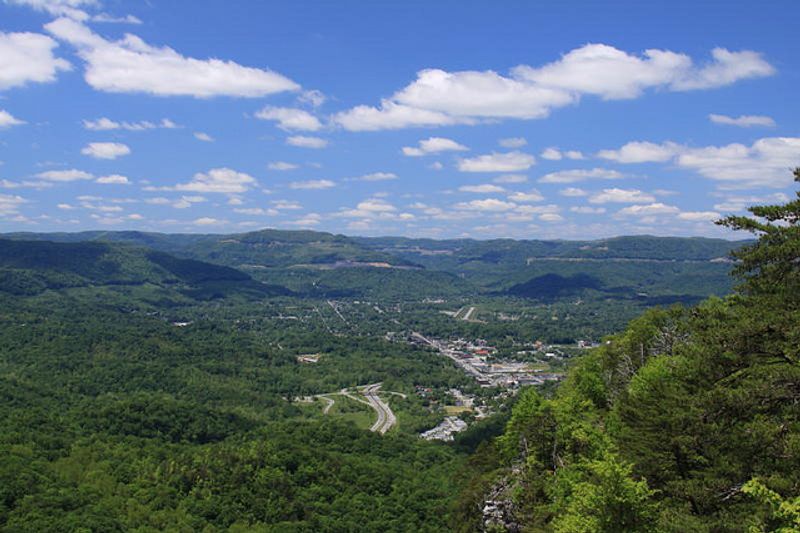
Middlesboro, Kentucky, sits uniquely within a 6-km-wide crater formed 300 million years ago. This cosmic bowl influenced the path of the historic Cumberland Gap.
The town’s development and history are intertwined with this ancient impact. Visitors can explore its unique geography and learn about its significant role in westward expansion.
The crater’s presence adds a layer of intrigue to the town, offering a tangible connection to Earth’s vast cosmic history.

